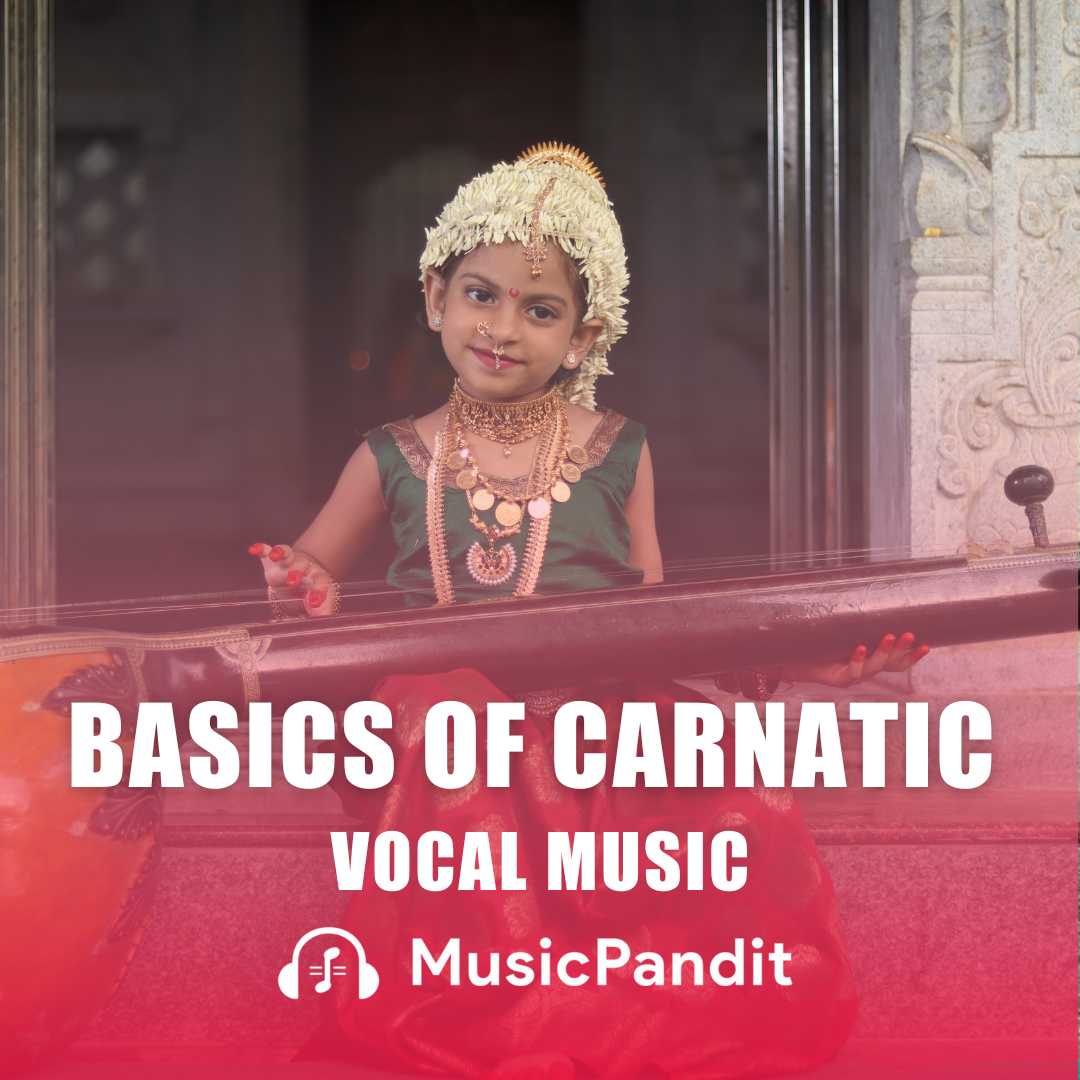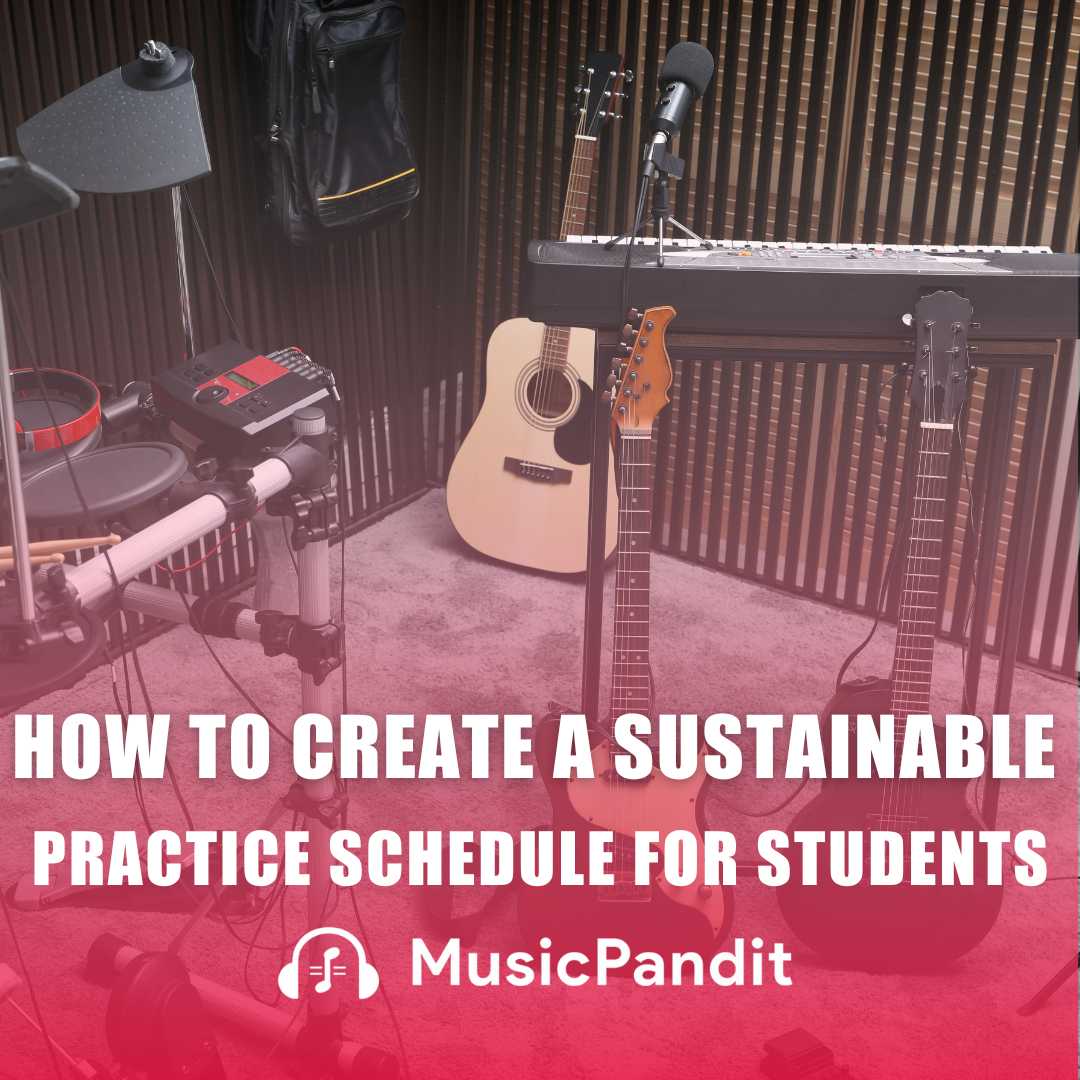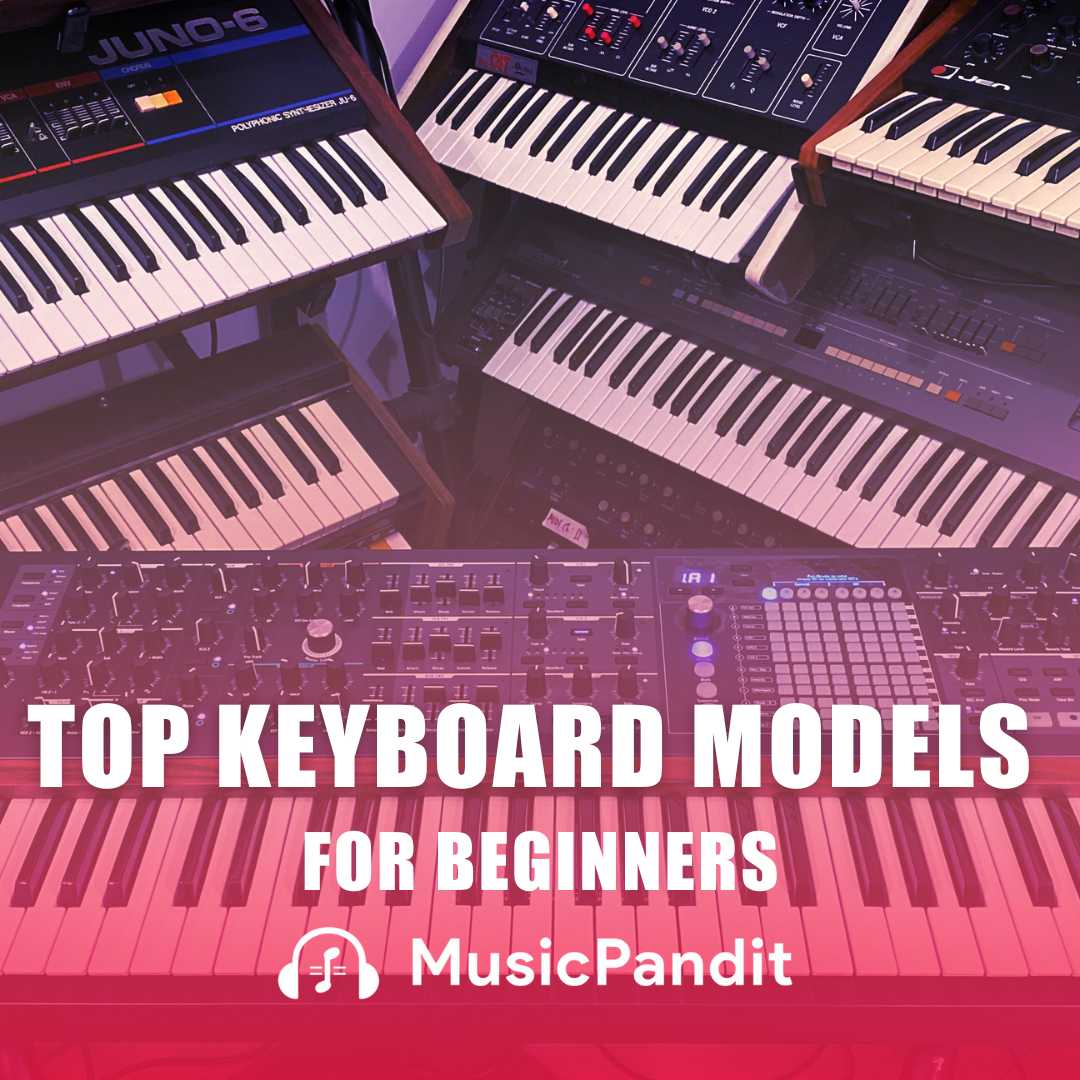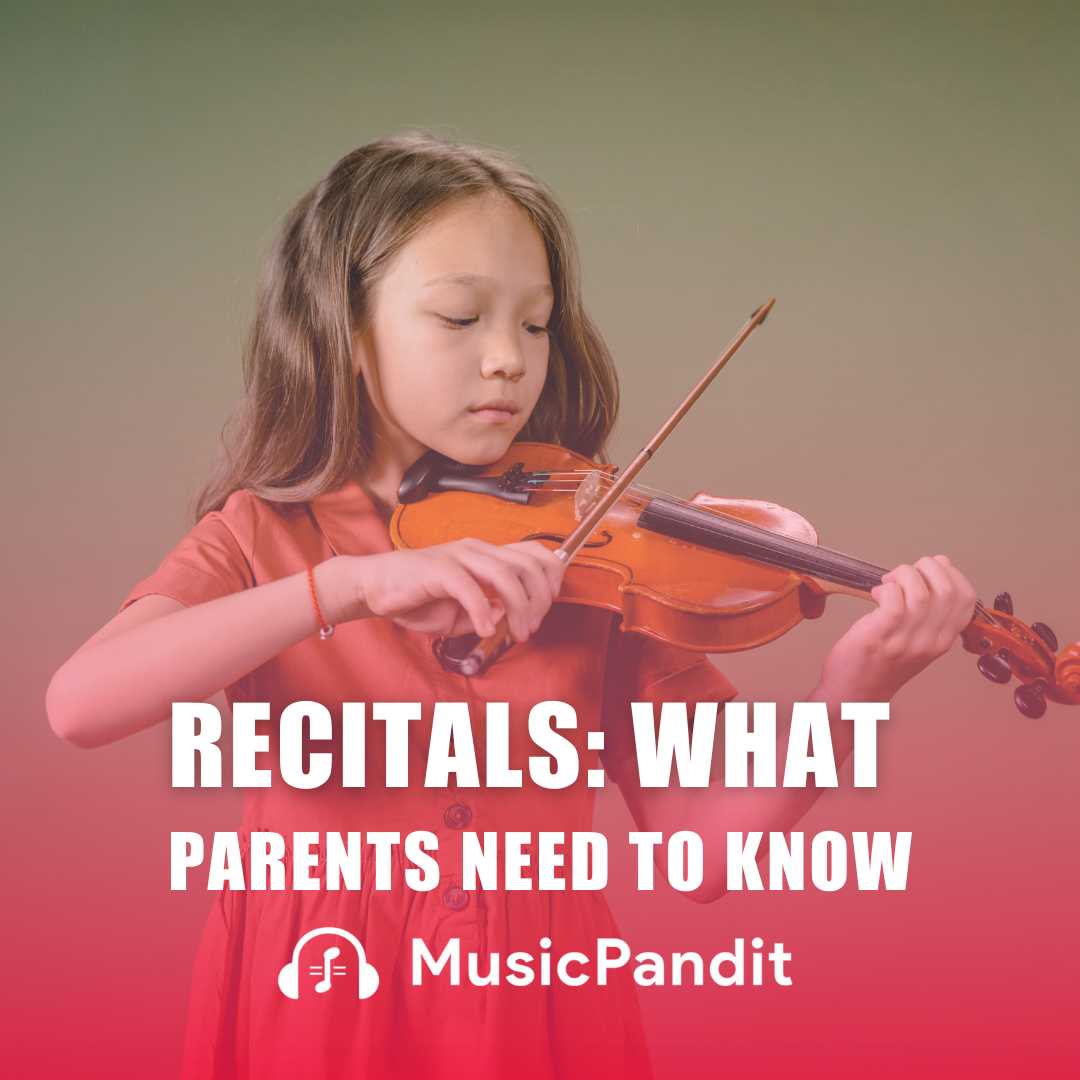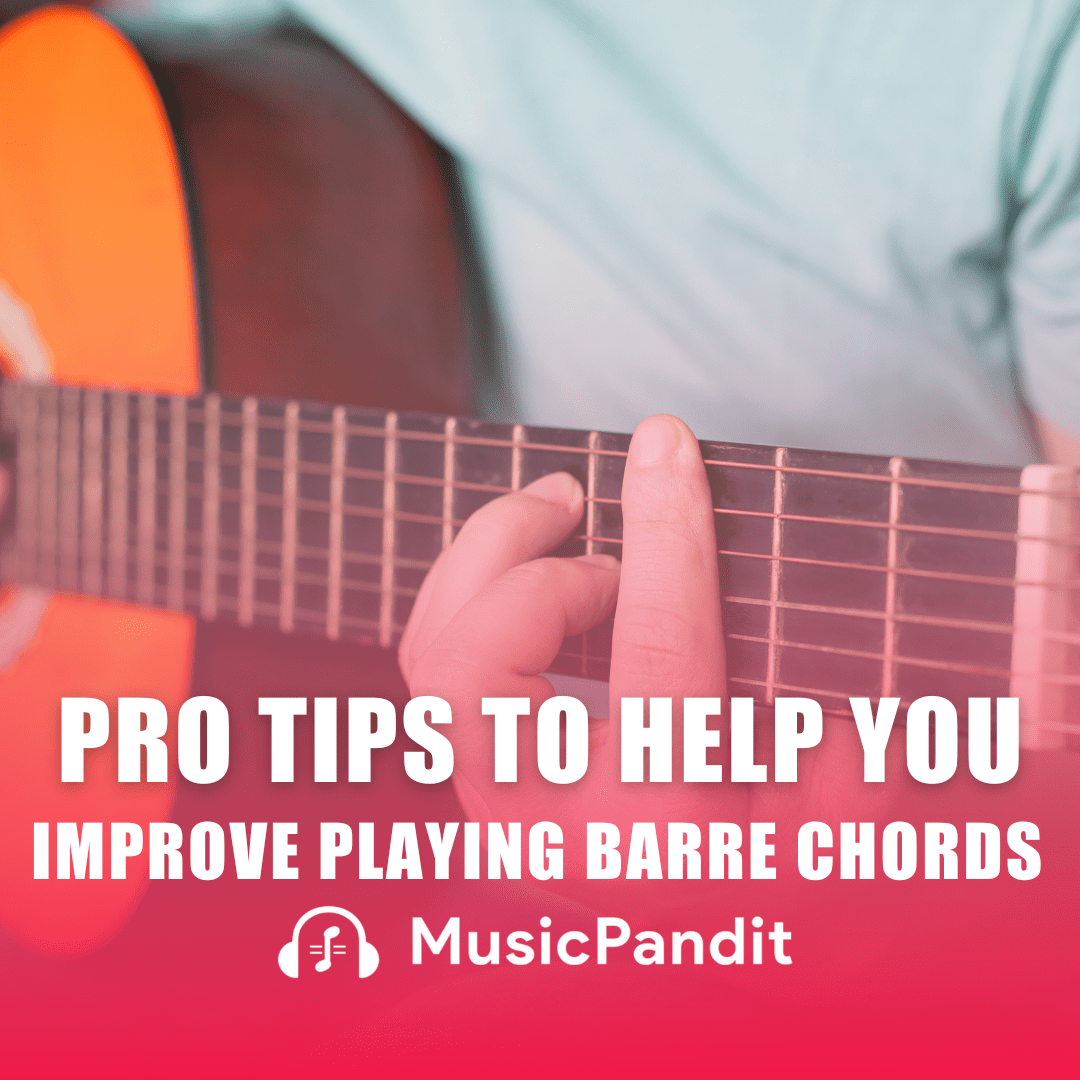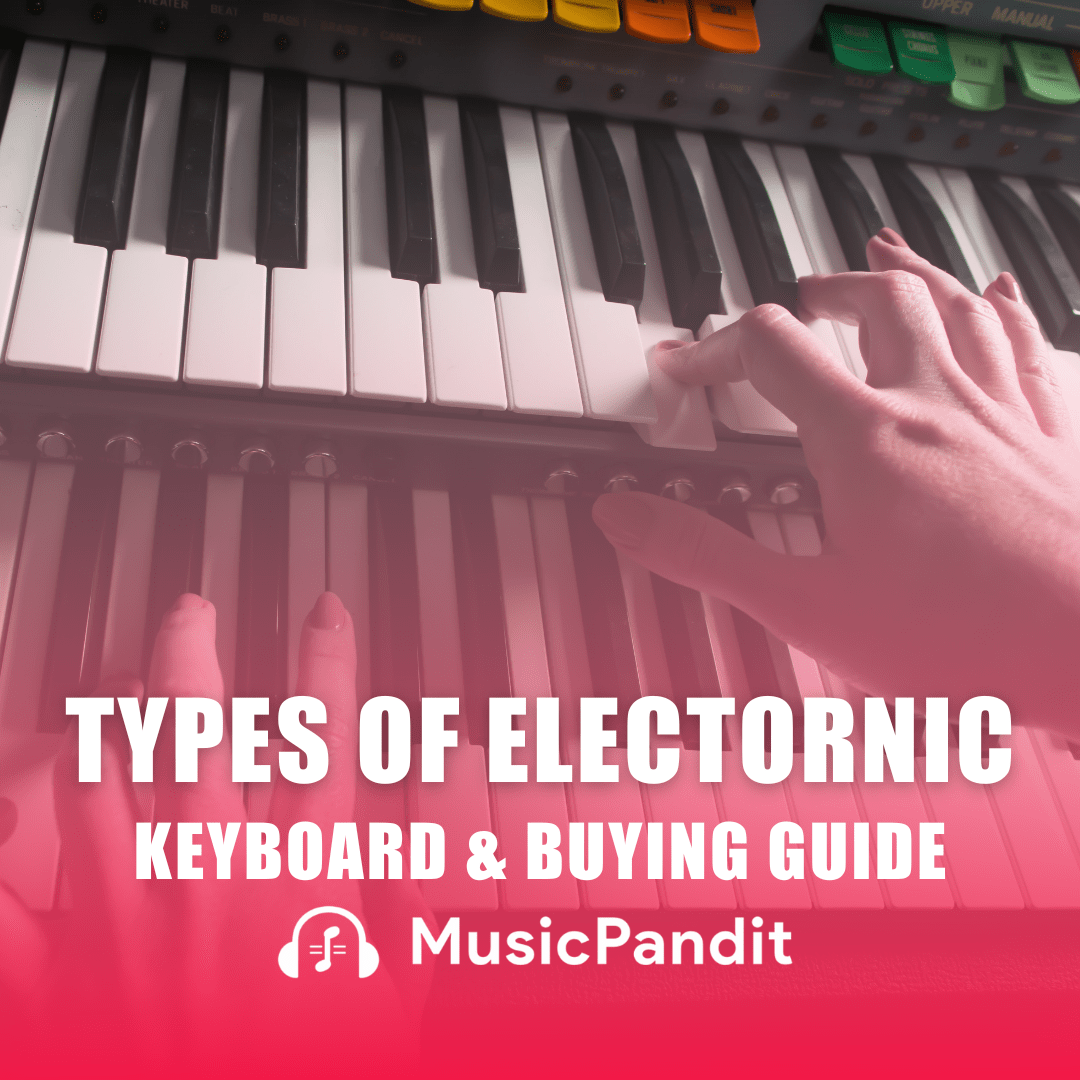Music is a powerful force that touches every aspect of our lives. It communicates emotions, tells stories and connects people in a way that few different art forms can’t. Understanding musical terminology is important for parents who want to support their children’s musical learning.
In this guide, we will break down basic concepts and help you get a better grasp of the musical language wherein your child’s musical journey will be more enjoyable and fruitful. So, whether your child is just beginning their musical journey or already into musical experience, this comprehensive overview will give you the tools you need to get involved and support their learning.
What is Musical Terminology?
Musical terminology refers to the specific language used by musicians, composers and teachers to describe musical elements. These terms help in articulating how music is composed, played and understood. Just as each discipline has its own vocabulary, music has its own words and phrases necessary to understand and evaluate the art.
Understanding musical terminology is not just for experts. This is important to helping get your child through music education. For example if your child wants to learn scales or talks about playing the piece legato, they are specifically talking. Knowing what these terms mean allows them to communicate their progress and provide appropriate encouragement.
Essentials of Music
At the heart of all music lie certain fundamental ingredients: melody, harmony, rhythm, and dynamics. These are the units that make up any piece of music.
- Melody: This is a recurring musical phrase or tune; it is usually what you would play or sing. Melodies consist of sequences of notes that sound good together.
- Harmony: It is the combination of notes to make a chord which can be played or sung simultaneously with other chords in a song. It helps to add depth and texture to a melody.
- Rhythm: It is the arrangement of sounds and silences in music. It provides the music with a pace and beat which determines how fast or slow a piece should be played.
- Dynamics: Dynamics are the pitches used in music to tell singers when to get louder (forte) or slower (piano), or gradually increase (crescendo) or decrease (decrescendo) volume.
These terms represent vocabulary that your kid will encounter shortly after starting his/her musical education. By understanding these concepts, you will be able to give your child an idea on how they should practise and perform as well as comprehend some basic principles.
Types and Genres of Music
Music comes in a wide variety of styles and genres, each with its own unique characteristics and terminology. From classical to jazz, pop to rock, each genre offers something unique, and understanding these differences can enrich your child’s musical experience.
- Classical Music Terminology: Classical music has a long and rich history. The terms symphony, sonata, concerto, and overture are just a few examples. A symphony is usually a large composition for an orchestra, while a sonata is usually a piece written for solo or small ensembles. Understanding these terms can help your child appreciate the structure and intent behind classical pieces.
- Jazz Terminology: Jazz is known for its improvisation and complex rhythms. Steps like syncopation, swing, and riffs are central to jazz. Syncopation refers to a strong emphasis on often weak rhythms, while swing is a rhythmic style that gives jazz a unique feel.
- Pop and Rock Terminology: This genre is more contemporary but also has its own set of terms. The words chorus, verse, bridge and hook describe different parts of the song. A chorus is a part of a song that is repeated over and over, usually with a central message or theme, while a hook is a catchy phrase or melody that catches the attention of the listener.
Exploring different genres with your child can expand their musical horizons and expose them to different sounds. Each genre brings different musical experiences, helping your child develop a holistic understanding of music.
Compositional Methods
Compositional techniques refer to the methods and techniques used by composers in composing music. The musicians are as varied as these technicalities and an understanding of them shows how they perform.
- Counterpoint: This is a way of combining two or more separate pieces of music into a whole that fits together harmoniously. It is a classical form of music and it was extensively used by Bach and other composers.
- Fugue: A fugue refers to an elaborate idea where one voice introduces the theme followed by others. As if in a musical conversation, each voice contributes its own thoughts.
- Theme and variation: In this method, a composer starts with a simple melody that is then repeated in various ways by altering either the melodic line, harmony, rhythm or dynamics i.e. repetition; this technique serves to show how adaptable the subject matter is while retaining interest over longer durations.
- Improvisation: Improvisation may be primarily linked to jazz but it is also employed in other genres for composition purposes. It involves solo playing without note pauses.
A person must understand the structure of music well enough and be able to creatively think out melodies immediately. These practices are part of a child’s education when he/she becomes familiar with classical terms, especially when they choose composition or advanced music studies at school. Understanding these techniques can give your child a greater appreciation of how music is made and encourage them to experiment with composition.
Performance Guidelines
Performing is where the music really comes to life, and there are specific terms that guide musicians on how to bring their music to life. These playing guides are essential to understanding the emotions and ideas behind the music.
- Legato and staccato: These terms describe how notes should be played. Legato means playing simple, intertwined notes, while staccato means short, separate playing. These directions affect the overall mood of the songs.
- Tempo: Tempo refers to the speed of music. Terms such as allegro (fast), adagio (slow), and moderato (moderate) are used to describe the tempo. Movement can greatly affect the feel of a story.
- Articulation: Articulation refers to how sounds should be pronounced individually, whether they should be pronounced, slurred together, or separated harshly. This aspect of the game is key to revealing the nuances of a story.
- Transportation: As mentioned earlier, transportation plays an important role in business. The musicians are told how loud or soft the music is, which helps determine the emotional quality of the music.
By understanding these playing guidelines, you can help your child develop an expressive and technically accurate playing style. These phrases are part of the basic musical terminology that every musician must know in order to play well.
Tools and Techniques for Using Them
To become a proficient musician, your child will need to know how to use the tools and techniques necessary to learn and play music.
- Metronomes: A metronome is a rhythm device, which helps musicians keep time. It is especially useful to have a consistent rhythm and a consistent sense of timing.
- Tuners: Tuners are used to ensure the sound of the instruments. Whether your child plays piano, guitar, or violin, the tuner helps them find the right tone for each note.
- Sheet music: A sheet music reference for compositions. Learning sheet music is a basic skill that allows musicians to play a wide range of instruments with precision.
- Scales and Arpeggios: Scales are sequences of notes played in ascending or descending order, while arpeggios are notes played in succession rather than simultaneously. Using this exercise is important for the development of finger strength, flexibility, and musical understanding.
- Sight reading: Sight reading is the ability to read and play a piece of music at first sight, without rehearsing. This skill is essential for a versatile musician, allowing your child to quickly learn and play new music.
Mastering these tools and techniques is an important part of any musician’s education. They are the foundation upon which more complex skills are built and are an integral part of the basic musical terminology your child will encounter as they develop.
The Contributions of Notable Composers
Music education should include knowledge of the contributions made by famous composers. Music remains relevant to this day because much of it was created during times when Western music was being developed.
- Johann Sebastian Bach: Many people believe that Bach is the father of Western classical music. His work on picture fugues had a lasting impact on the development of musical theory and composition.
- Wolfgang Amadeus Mozart: The clarity, balance, and emotional depth are among his works’ characteristics. Classical performances such as orchestra, concertos, operas etc are available in his repertoire.
- Ludwig van Beethoven: Beethoven’s music includes elements from both classical and romantic styles. His compositions are known for their emotional intensity and innovative musical style. These terms like scherzo or cadenza are often associated with him.
- Frédéric Chopin: He is most renowned for his piano works including his Nocturnes, Etudes and Ballads. Depth and technical brilliance characterise his work.
- Claude Debussy: This composer is considered one of the major figures in Impressionism in music. In addition, he used tone colour, harmony techniques which helped him to create atmosphere or mood in many compositions.
When children study these composers to learn about how they shaped our understanding of music within their respective times it will also provide a backdrop for them so as they can understand the historical context better.
To Sum Up
In music, the key to understanding it more is learnt through terminology. For parents, learning these terms can make you aid your child’s musical studies better. In the field of musical terminology every aspect holds a wealth of meaning; some are part of your child’s education and others are not inclusive.
Music is not just a written text; it is rather a way of expressing human emotions and imagination. By absorbing yourself in this language’s vocabulary you will also enable your child to build up a lifelong bond with music that means something and offers satisfaction. Thus, learn each step properly, explore them with them, and see their musical journey unfold clearly before you.

